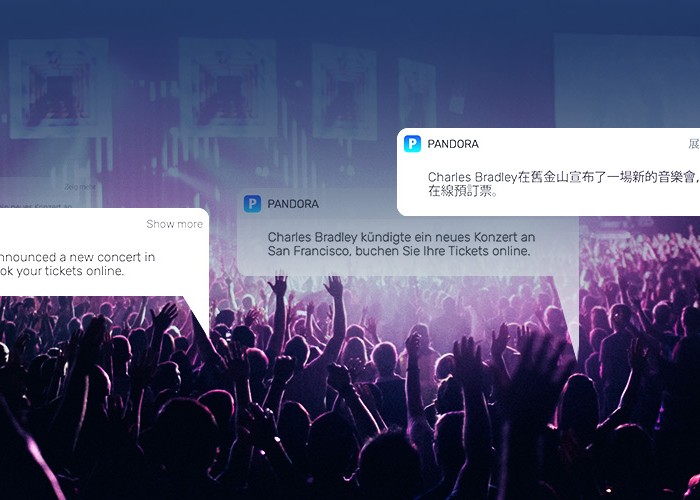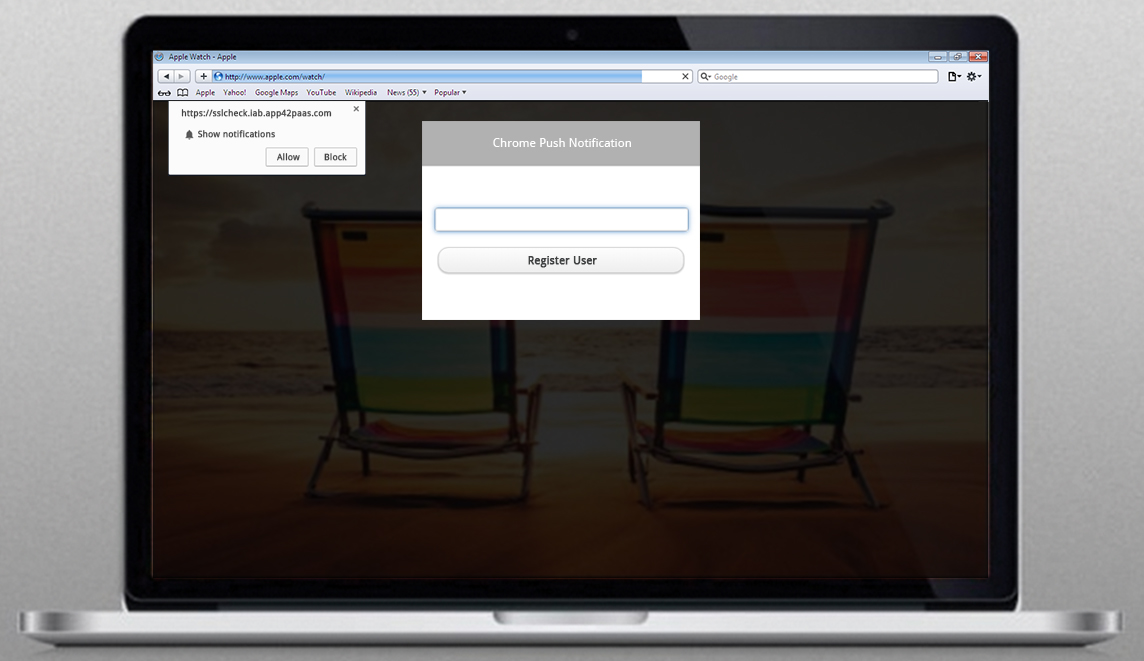Did you know that as of August 2015, the total revenue generated by mobile apps is close to $35 billion? That, as of yet there have been 179 billion app downloads? And that the total app count has already crossed 100 billion? Well, now would be a good time to keep track of these figures. Because what good is an app if it isn’t known to anyone, and not getting downloads? What does it take to make an app so important that people use it every day? Let’s get started:¿Sabía que hasta Agosto de 2015, el total de ingresos generados por aplicaciones móviles es cercano a los 35 billones de dólares? ¿Qué hasta el momento ha habido 179 billones de descargas de aplicaciones? ¿Y que el total de aplicaciones ya ha pasado los 100 billones? Bueno, ahora debe ser un buen momento para empezar a hacer seguimiento a estas cifras. Porque, ¿Qué tan buena es una aplicación si no es conocida por todos, y no obtiene descargas? ¿Qué hace que una aplicación sea tan importante que las personas la usen todos los días? Empecemos:
- App Installations: An app developer’s job does not end as soon as a user downloads the app but it is actually just the beginning. Now what next? Keep track of all the installations and their sources. That will actually give you a better idea of where to focus more to plan a good campaign and that quickly increases the probability of acquiring more users.
- User Activities: Track active session of the user. Track average session time. Track user drop off point. Track the reason for uninstall. Track as much as you can for the more you track the more you learn about user activities and the better preparations you make to keep them engaged.
- Trends: Keep record of the screens which are watched most, the pattern in which user uses CTAs, time spent on different screens and pattern over different periods of time. Suppose, in an e-commerce app a group of users only uses a certain section of the store, then those users can notified of an attractive offer to get them check out other sections as well.
- App Events: Are uninstalls far more than the installs? Do the users register on your app after they install? How many of them make in-app purchases? How frequently do they uninstall your app? Unless and until you have a way to monitor all of these how do you reckon you are going to plan your next activity?
- Push Notifications: The most important and extremely sensitive weapon in your marketing arsenal is push notification. Use wisely and it will do wonders, send it unplanned frequently and it will land you in a cesspool of uninstalls. The important task before you push messages to your users is to create segments according to the interest and behavior of them. Send timely and relevant push notifications and always analyze them—if the open rate was good or bad and etc., this will help you in understanding the repercussions of your push notifications. Remember, one bad move will force the user to disable notifications from your app and you might end up losing them forever.
- Campaign Management: Once you are familiar with all the user persona and behavior you will need to strategize campaigns to keep them engaged. Based on the user funnel, i.e., depending on the level users lose interest, automate the campaigns to send out important information to attract them to another level. Depending on the situation, event and interest you can choose from different modes of campaigns such as push notifications, in-app messages, emails, sms and etc.
- A/B Testing: It is always a good idea to create two designs for each of your new campaigns and send out both the designs individually to random users to check which of the two is getting more responses. You can then eliminate the inferior of the two to launch the final campaign. This method never ceases to work.
- User Analytics: To keep things moving you will also need to start keeping record of the demographics of your users so that you can get more specific in targeting them before launching your new campaign. Like, if an apparel store wants to announce sale on men’s garments, it wouldn’t send out notification to females, right?
- Geo Analytics: Segmentation of your users according to their geographic location lets you launch campaigns based on the region. For instance, if a hypermarket app user is temporarily in an area where the store does not have service, would they really want to receive notifications about special offers? If the app is used globally, would it be a good idea to launch campaign at a time for a section of your users who are sleeping?
- Cohort Analysis and Event Comparison: Suppose there was some data in front of you that told you what percentage of your users downloaded the app but never opened; users that used the app once and never returned; users that got away after a certain campaign—similarly—campaigns that worked wonders. There are enough possibilities and opportunities to engage and retain your users if you start tracking all of these and this is where Cohort Analysis comes into play.
Additionally, you can always just go for a tool that allows you to monitor, implement and track all of these metrics. Wouldn’t that reduce the stress in your life considerably? Wouldn’t that help you increase user acquisition, engagement and retention by upto 75%? You should definitely check out the best Marketing Automation and Analytical tool out there. Of course you can always write to us in case you have any issue/query or suggestion at support@shephertz.com. We always welcome them.
- Instalaciones de aplicaciones: el trabajo de un desarrollador de aplicaciones no termina hasta que el usuario descarga la aplicación, sino es cuando en realidad empieza. Ahora, ¿Qué es lo siguiente? Haga seguimiento a todas las instalaciones y sus fuentes. Esto le dará una mejor idea de donde enfocarse más para planear una campaña que rápidamente incremente la probabilidad de adquisición de más clientes.
- Actividades de los usuarios: Haga seguimiento a las secciones activas de los usuarios, tiempo de sección promedio, punto de abandono, razón de desinstalación, etc. Haga tantos seguimientos como pueda, cuanto más aprenda de las actividades de los usuarios, más preparado puede estar para mantenerlos comprometidos.
- Tendencias: mantenga registro de las pantallas que son más vistas, el patrón en el que los usuarios usan CTAs, tiempo usado en diferentes pantallas y patrones acerca de distintos periodos de tiempo. Suponga, que en una aplicación e-commerce un grupo de usuarios solamente usa una cierta sección en la tienda, entonces, estos usuarios pueden ser notificados de una oferta atractiva para que también visiten otras secciones.
- Eventos de las aplicaciones: ¿Son más las desinstalaciones que las instalaciones? ¿Se registran los usuarios en su aplicación después de instalarla? ¿Cuántos de ellos realizan compras en la aplicación? ¿Qué tan frecuente desinstalan su aplicación? A menos de que tenga una manera de monitorear todo esto, ¿Cómo va a planificar su próxima actividad?
- Notificaciones push: El arma más importante y sensible en su arsenal de marketing son las notificaciones. Úselas de manera sabia y estas harán maravillas, envíelas sin planificación y de manera frecuente y terminará en un pozo de desinstalaciones. La tarea importante antes de enviar mensajes a sus usuarios es la de crear segmentos de acuerdo a sus intereses y comportamiento. Envíe notificaciones oportunas y relevantes, pero siempre analice si la tasa de apertura fue buena o mala. Esto le ayudará a entender las repercusiones de sus notificaciones. Recuerde, un paso en falso obligará al usuario a desactivar las notificaciones de su aplicación y podría terminar perdiéndolos por siempre.
- Gestión de campaña: una vez esté familiarizado con la personalidad y el comportamiento de todos los usuarios, necesitará elaborar estrategias para campañas con el fin de mantenerlos comprometidos. Basados en el embudo de usuario por ejemplo, dependiendo del nivel en el cual los usuarios pierdan interés, automatizar campañas para enviar información importante para atraerlos a otro nivel. Dependiendo de la situación, evento e interés, puede escoger de diferentes modos de campañas como notificaciones, mensajes en la aplicación, emails, SMS, etc.
- Pruebas A/B: siempre es una buena idea crear dos diseños para cada una de las nuevas campañas y enviar ambos diseños de manera individual a usuarios aleatorios, para saber cuál de los dos diseños obtiene más respuestas. Entonces puede eliminar aquel con menor aceptación para el lanzamiento de la campaña final. Este método siempre es efectivo.
- Análisis de usuario: para mantener las cosas funcionando, también debe mantener registro de la demografía de sus usuarios, con el fin de ser más específico al momento de seleccionarlos antes del lanzamiento de una nueva campaña. Como, si una tienda de ropa quiere anunciar ofertas en prendas de vestir para hombres, no le enviará notificaciones a mujeres, ¿Verdad?
- Geo-análisis: Segmentación de sus usuarios de acuerdo a su localización geográfica le permite lanzar campañas basadas en regiones. Por ejemplo, si un usuario de una aplicación de hipermercado esta temporalmente en un área donde la tienda no tiene servicio, ¿Querrían ellos recibir notificaciones acerca de ofertas especiales? Si la aplicación es usada globalmente, sería una buena idea lanzar campañas mientras los usuarios no estén durmiendo por supuesto.
- Análisis de Cohortes y Comparación de Eventos: Suponga que tiene algunos datos acerca del porcentaje de los usuarios que descargaron la aplicación pero nunca la abrieron. Usuarios que usaron la aplicación una sola vez y nunca retornaron. Usuarios que se retiraron después de cierta campaña. Campañas que funcionaron de maravilla. Existen muchas posibilidades y oportunidades de comprometer y retener sus usuarios si empieza a hacerle seguimiento a todo esto, ahí es cuando Análisis de Cohortes entra en juego.
Adicionalmente, simplemente puede optar por una herramienta que le permita monitorear, implementar y hacer seguimiento a todos estos parámetros. Reduciría el estrés en su vida, le ayudaría a incrementar la adquisición de usuario, compromiso y retención hasta en un 75% ¿no? Definitivamente debería revisar la mejor herramienta de Análisis y Automatización del Marketing.
Contáctenos a support@shephertz.com en caso que tenga alguna duda/problema/sugerencia. Estaremos encantados de ayudarle.






















Comment
I blog quite often and I seriously thank you for your information. The article has truly peaked my interest.
I am going to bookmark your blog and keep checking for new information about once a week.
I subscribed to your RSS feed too.